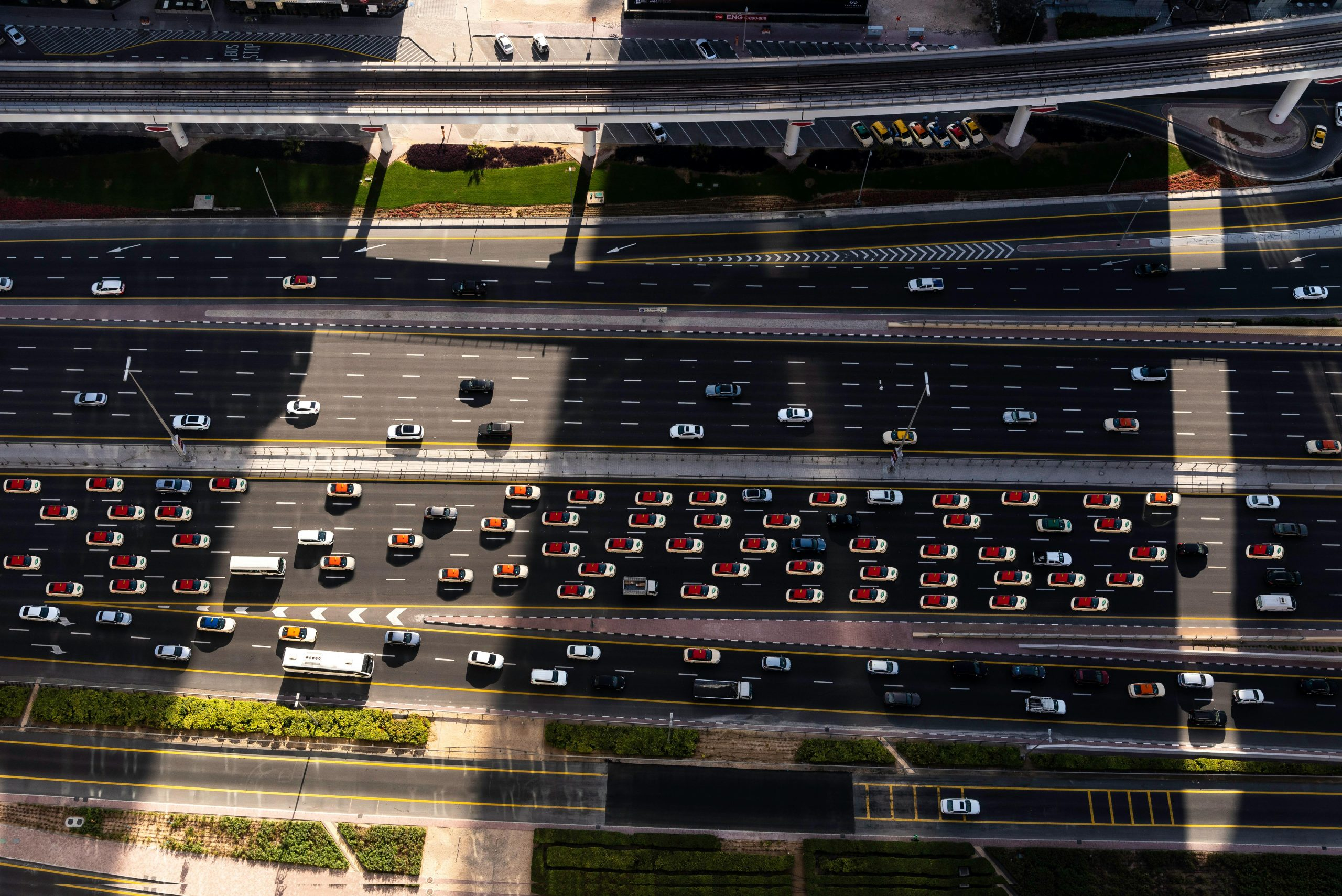What’s Next for Hydrogen Refueling Infrastructure in Transport
With growing concerns about carbon emissions and the need for more sustainable transportation options, the push for alternative fuels has gained significant momentum in recent years. One such fuel that has been garnering attention is hydrogen. This element, when used in fuel cells, produces electricity to power vehicles with zero emissions. However, for hydrogen-powered vehicles to truly take off, a comprehensive infrastructure for refueling must be in place. In this article, we will explore the current state of hydrogen refueling infrastructure in transport and discuss what the future holds for this promising alternative fuel.
The Current State of Hydrogen Refueling Infrastructure in Transport
Currently, the infrastructure for hydrogen refueling is still in its nascent stage. According to the International Energy Agency, as of 2020, there are only around 470 hydrogen refueling stations worldwide, with the majority located in just three countries: Japan, Germany, and the United States. This is a stark contrast to the millions of conventional gasoline stations that exist globally.
The limited availability of refueling stations is one of the biggest barriers to the widespread adoption of hydrogen fuel cell vehicles. Without a reliable network of refueling stations, consumers are hesitant to purchase hydrogen-powered vehicles, fearing they may get stranded without access to fuel. This lack of demand, in turn, discourages investment in building more refueling stations, creating a chicken-and-egg situation.
The Roadblocks to the Expansion of Hydrogen Refueling Infrastructure
Cost and Complexity
One of the main hindrances to the expansion of hydrogen refueling infrastructure is the high cost involved. Building a hydrogen refueling station can cost millions of dollars, making it a significant financial investment for companies. Additionally, the technology used to produce and store hydrogen is still relatively complex and not yet fully matured, making it a deterrent for many investors.
Lack of Standardization
Unlike conventional gasoline stations, which follow a standard set of procedures and safety measures, hydrogen refueling stations lack universal standards. This lack of standardization makes it difficult for companies and governments to plan and invest in the infrastructure, leading to a slow and fragmented growth of refueling stations.
Public Perception
Many people are still skeptical about the safety of hydrogen as a fuel. This perception is further fueled by incidents involving hydrogen refueling stations, such as leaks or explosions. This negative perception can hinder the growth and acceptance of hydrogen-powered vehicles and the infrastructure needed to support them.
The Future of Hydrogen Refueling Infrastructure in Transport
Despite the challenges, there is a growing consensus that hydrogen fuel cell vehicles can play a crucial role in reducing carbon emissions and achieving a more sustainable transportation sector. Governments and companies around the world are investing in research and development to address the roadblocks and make hydrogen refueling infrastructure more accessible and affordable.
Expansion of Refueling Stations
One of the most significant developments in the expansion of hydrogen refueling infrastructure is the collaboration between governments and major automakers. For instance, the German government has pledged to build 400 new hydrogen refueling stations by 2023, with support from companies like Shell and Toyota. Similar initiatives are also underway in other countries, such as the United Kingdom and the United States.
Advancements in Technology
The cost and complexity of building hydrogen refueling stations are also being addressed through technological advancements. New techniques are being developed to produce hydrogen more efficiently, and research is being done to explore the use of alternative methods, such as electrolysis, to store and distribute hydrogen. These advancements could significantly reduce the cost of building and operating refueling stations, making them more financially viable for businesses.
Standardization and Safety Measures
To address the issue of standardization and safety concerns, efforts are being made to develop common protocols and regulations for hydrogen refueling stations. Organizations like the Society of Automotive Engineers are working towards setting standards for hydrogen fuel cell vehicles and refueling stations to ensure seamless integration and safety.
Conclusion
There is no doubt that the development of a robust hydrogen refueling infrastructure is crucial for the widespread adoption of hydrogen fuel cell vehicles. While there are roadblocks to overcome, it is heartening to see the significant strides being made by governments and companies in this direction. With continued investments and advancements in technology, it is only a matter of time before hydrogen refueling infrastructure in transport becomes a reality, ushering in a greener and more sustainable future for transportation.










